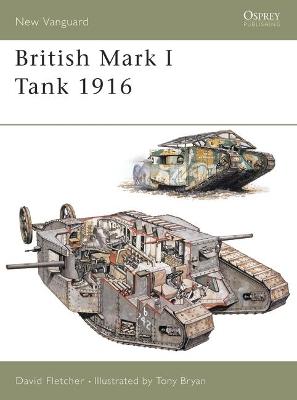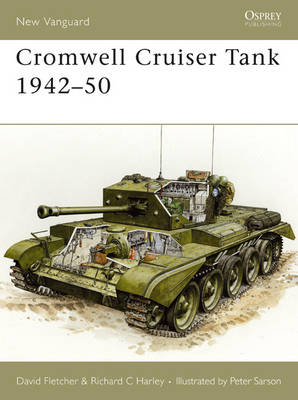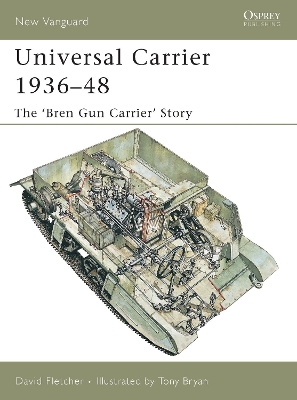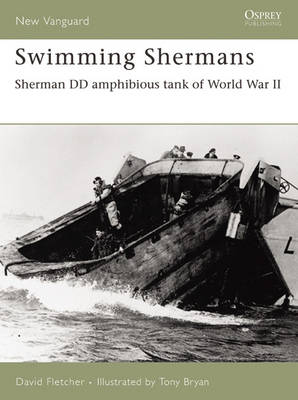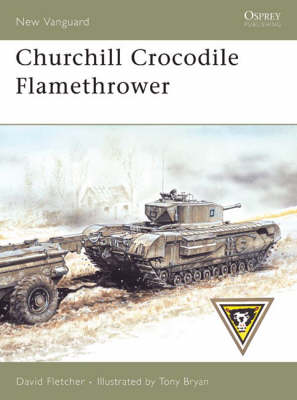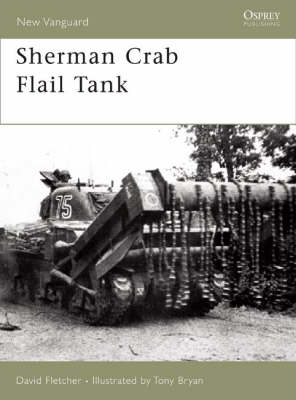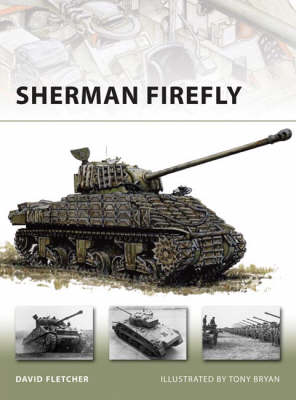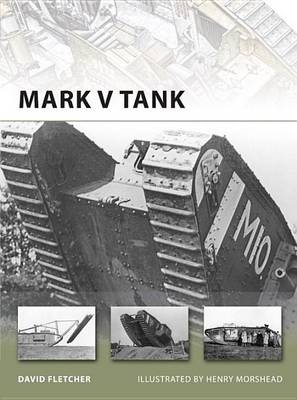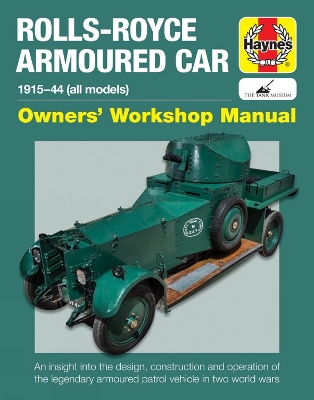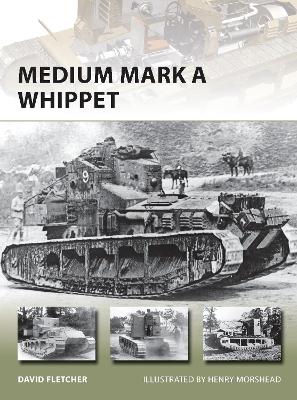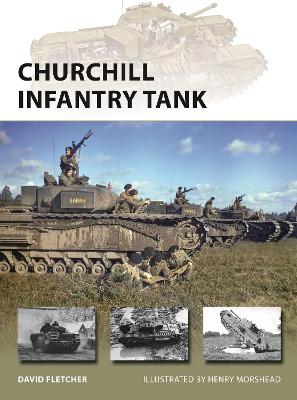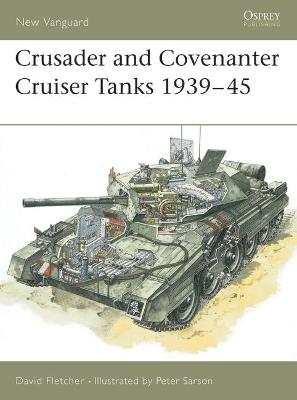New Vanguard
13 primary works • 15 total works
Book 100
Book 104
Cromwell Cruiser Tank 1942-50
by David Fletcher, Richard C. Harley, and Andrew Berki
Book 110
Book 123
Book 133
Book 136
Book 139
Book 141
Book 178
Book 189
Book 207
Book 217
Book 272
It will begin with the prototype tank A20, which has not been covered in any detail before, then go on to look at all seven Marks of Churchill, in particular their different guns. This book will also look at the tank's service in Russia and later with the Irish, Jordanian and Australian Armies. It will also feature on the disastrous Dieppe raid of August 1942, ending with a brief look at the Black Prince or super Churchill which was only developed up to the prototype stage at the end of World War II.
The Churchill is an interesting tank, quite different from any other British tank of World War II, built outside the normal process of British tanks and the Department of Tank Design. It was built under the watchful eye of the Prime Minister, after whom it was named, by a firm with no previous experience of tank production. Despite being condemned as unsuitable and more than once being scheduled to be replaced by a better design this never actually happened. It remained in production and ultimately vindicated itself since, although it was slow and noisy it was found to have superior climbing ability and thicker frontal armour than the vaunted German Tiger.
Its classification as an Infantry Tank has been extensively criticised although recently one or two authors, notably Americans, seem to have revised their views on this and even Field Marshal Montgomery, who advocated a Universal Tank to fulfil all roles, found the Churchill a useful tank on many occasions, particularly considering its ability to absorb punishment.
